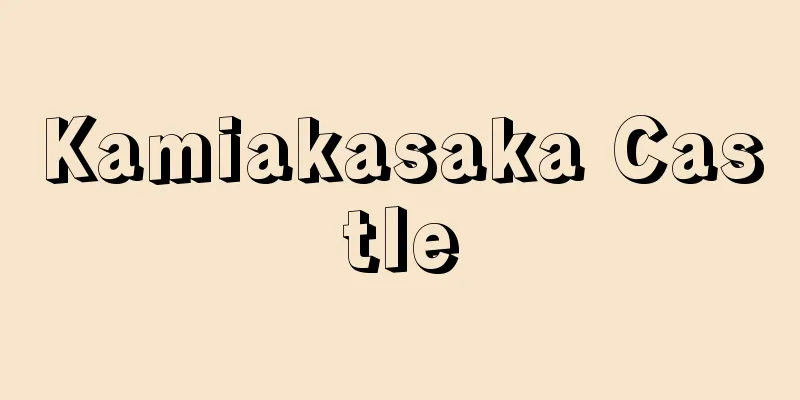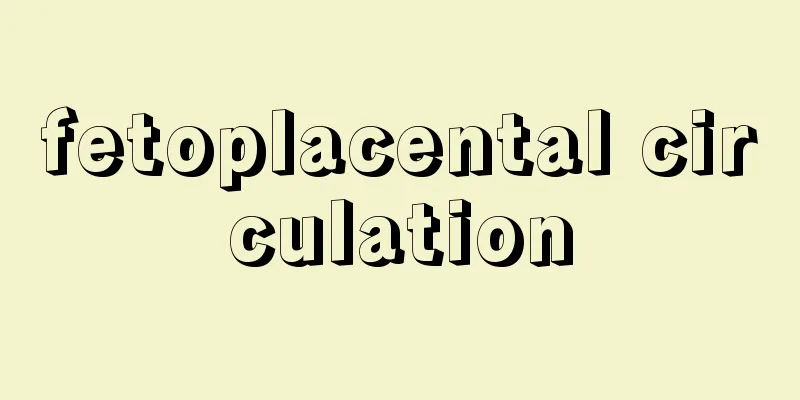Exchange - exchange

|
A market organization or facility where items, times, and places are predetermined, and buyers and sellers with certain qualifications buy and sell under certain rules. It originally emerged as a place for physical trading, but nowadays it is the norm for speculative trading. Speculative trading refers to buying and selling as market transactions or futures transactions (sakimonorihiki), in which future market (price) fluctuations are predicted. The socio-economic functions of an exchange are to form fair prices, eliminate fraudulent or malicious transactions, promote the exchange of goods or securities with funds, provide funds to growth areas, and hedge risks (avoid risk) due to price fluctuations. Risk hedging is the act of making up for losses caused by price fluctuations by counter-trading (selling what was bought and buying back what was sold), and is also called bridge trading or insurance bridging, and is carried out in futures trading. Trading on an exchange is based on competitive buying and selling, where a large number of buyers and sellers gather at a designated place (the trading floor) at a designated time (session time) and compete (auction) by raising and lowering prices, and when the buying price and selling price match, the transaction is concluded (contracted). In addition, in some exchanges, individual competitive buying and selling, known as intraday trading, or negotiated buying and selling, is also conducted. In this case, the seller and buyer negotiate one-on-one, and the transaction is concluded if they reach an agreement. In modern exchanges, these buying and selling processes are handled by computers. There are various types of exchanges: financial instruments exchanges that handle the trading of financial assets (physical assets such as stocks and indexes such as stock price indexes); commodity exchanges that handle the trading of commodities such as precious metals (gold, platinum, palladium, etc.), industrial products (rubber, crude oil, electricity, etc.), and agricultural products (corn, soybeans, azuki beans, etc.); and comprehensive exchanges that handle both financial assets and specific commodities all at once. Comprehensive exchanges that allow investors to invest flexibly in financial assets and commodities through a single account are the mainstream around the world. Financial instruments exchanges in Japan include stock exchanges and financial futures exchanges. There are four stock exchanges: Tokyo, Nagoya, Sapporo, and Fukuoka, and the only financial futures exchange is the Tokyo Financial Exchange. There are two commodity exchanges: the Tokyo Commodity Exchange and the Osaka Dojima Commodity Exchange. The only comprehensive exchange is the Osaka Exchange. Exchange organizations include member organizations and joint-stock companies. In Japan, all stock exchanges were previously member-only organizations, but the Financial Instruments and Exchange Act (amended in 2007) allowed for joint-stock companies to be incorporated, and the Tokyo Stock Exchange, Nagoya Stock Exchange, Tokyo Financial Exchange, Tokyo Commodity Exchange, and Osaka Exchange are all joint-stock companies. [Mitsuo Morimoto, Editorial Department, December 11, 2020] [Reference] | | | | | | | | |Source: Shogakukan Encyclopedia Nipponica About Encyclopedia Nipponica Information | Legend |
|
品目、時間、場所をあらかじめ定め、一定の資格をもつ売り手と買い手が一定のルールのもとで売買を行う市場組織ないしその施設。もともとは実物取引の場として出現したが、現在では投機取引が原則である。投機取引とは、将来の相場(価格)の騰落を予想して売買する相場取引もしくは先物取引(さきものとりひき)として売買を行うことをいう。取引所の経済社会的機能は、公正な価格の形成、不正や悪質な取引の排除、商品や証券と資金との交換の促進、成長分野への資金供給、価格変動によるリスクヘッジ(危険回避)にある。リスクヘッジとは、価格変動から生じる損失を、反対売買(買ったものは売り、売ったものは買い戻す)によって埋め合わせることであり、つなぎ売買、保険つなぎともいわれ、先物取引で実施される。 取引所の取引は、競争売買が原則である。それは、多数の売り手と買い手が所定の時刻(立会時間)に所定の場所(立会場)に集合し、価格の上下による競争(せり)を行いながら売値と買値が合致したものを取引成立(約定)とするのである。このほかに一部では、ザラ場式とよぶ個別競争売買ないし相対売買も行われる。これは売り手と買い手が一対一で交渉し、まとまれば取引成立とするものである。近代化した取引所では、コンピュータによってこれらの売買を処理する。 取引所には、金融資産(株式のような現物と株価指数のような指数)の取引を扱う金融商品取引所、貴金属(金・白金・パラジウムなど)・工業品(ゴム、原油、電力など)・農産物(トウモロコシ、大豆、小豆(あずき)など)の商品取引を扱う商品取引所、金融と特定の商品の両方を一括して扱う総合取引所がある。世界では、投資家が一つの口座を通じて金融資産や商品に機動的に投資できる総合取引所が主流となっている。日本の金融商品取引所には、証券取引所と金融先物取引所がある。証券取引所は東京、名古屋、札幌、福岡の4か所にあり、金融先物取引所は東京金融取引所のみである。商品取引所は東京商品取引所、大阪堂島(どうじま)商品取引所の2か所である。総合取引所は大阪取引所のみである。取引所の組織には、会員組織のものと株式会社組織のものがある。日本では従来すべて会員制組織であったが、金融商品取引法(2007年改正)によって株式会社組織が認められ、東京、名古屋の両証券取引所、東京金融取引所、東京商品取引所、大阪取引所は株式会社である。 [森本三男・編集部 2020年12月11日] [参照項目] | | | | | | | | |出典 小学館 日本大百科全書(ニッポニカ)日本大百科全書(ニッポニカ)について 情報 | 凡例 |
<<: Exchange Member - Exchange Member
Recommend
general geography
… [Phylogeography and Regional Geography] Because...
crystal gazing
…Soon the sun will shine and the fire will burn.’...
Kyokudo Nanryo
A lecturer. The name of Kyokudo was originally &q...
Gangrenous stomatitis
A severe form of stomatitis caused by infection wi...
Naval Ordnance Factory - Kaigun Heiki Seizosho
...The Army started out with the Tokyo Artillery ...
Back - Ushiromen
〘Noun〙① A type of Kabuki dance. The idea is to wea...
Oxford Down
...Slightly larger and used for hybrid production...
Ateboshi - Ateboshi
…Strangely enough, in Christianity, the starfish ...
Lerwa lerwa (English spelling) Lerwalerwa
…Among the partridges, the European partridge ( P...
helio-sphere
...This has also been proven by tracking the flow...
Ombre
…The word comes from the Latin para + sol (someth...
Tomorrow's Transportation
…When the Urban Mass Transportation Act of 1964 w...
Ikegoryo
In the mid-17th century, the foundations of early...
Gunsai's Reading Journal (English: Jun-zhai du-shu-zhi)
A Chinese book commentary. Written by Chao Gongwu ...
ARC - Aircraft Carrier Rescue
The Asian Racing Conference was established in 196...

![Tachibana [town] - Tachibana](/upload/images/67cc21e136c06.webp)







